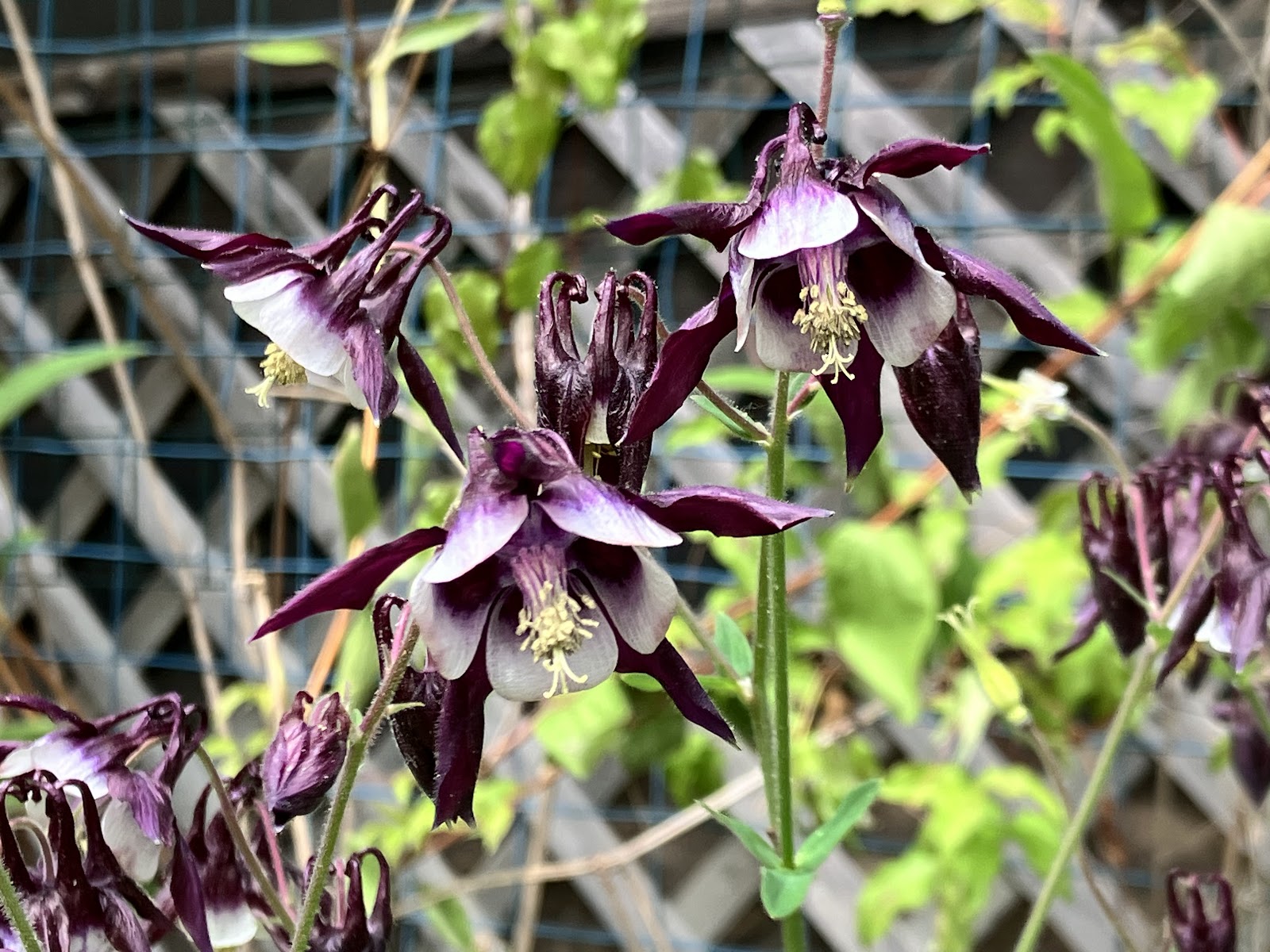The Aikido Conundrum
Aikido is a rather unusual activity. Not only are the movements quite different from that in most other activities, but the dynamics between the training partners can also be mystifying to some.
With beginners, we encourage them to slow down and be gentle with each other so the uke and nage get to learn the movement patterns together in a cooperative manner. Many beginners often ask "What am I supposed to do?" as if there were a script. Maybe that is what leads some to mistakenly conclude that Aikido is just a bunch of choreographed movements, and that it is not a true martial art of any practical value.
In one class, a bigger, stronger beginner paired up for kokyu-ho with a smaller advanced beginner. At their level, they can both benefit from a cooperative style of practice because, if faced with a forceful uke, it can be really difficult for either of them to move at all. Unfortunately, the strong beginner was doing just that and would not take ukemi. The sempai was stuck.
I noticed something was off at their corner, so I went to check on them.
While the uke looked triumphant and was sporting a smirk on his face, the sempai looked defeated and embarrassed.
Without saying anything, I replaced the beginner with myself as the uke, and had the sempai do the exercise again.
The sempai actually was doing quite well for his level. I followed his movements and flow to take ukemi. While I was taking ukemi, I explained to the beginner what I would like him to do:
"Move with your partner. Feel and experience what he is conveying to you. Feel the flow and move along. Yes, you will be thrown. Yes, you don't know what he is going to do, and it can be scary because you feel so vulnerable. However, this is exactly what we are practicing. Do you have faith in your partner? Do you have faith in yourself? Do you think you can handle it?"
The beginner looked apprehensive and perplexed. His response is understandable because he used to practice a competitive style martial art. In addition, he works in a cut-throat environment in an industry that is defined by win or lose. He has been resisting the mere idea of falling down since the beginning. And now, I even ask him to allow someone to perform a technique on him, and he is supposed to go along?
As my teacher, the late Kenneth Cottier Sensei reiterated over and over, Aikido practice is not a competition of physical strength. Clearly, the beginner uke was misguided in his attempt to stop his partner. Yet, the nage's response is telling me that he does not yet understand how Aikido is practiced either. He would not have sought to overcome his partner, had he known better. If not for his ego, he really did not have to feel bad about his inability to counter the uke's brute force.
People's refusal to move with their parter or to take ukemi may stem from a desire to dominate. Yet, if we could peel off the facade, sometimes behind the dominance streak is nothing but an enormous sense of insecurity. Being an Aikido instructor, one of the amazing things we get to see often is the fear in people's eyes.
When very insecure people are ukes, before they even touch the nage physically, they already are leaning back in order to distant themselves from their partners. When taking the tumble, instead of relating back to the partner's center, they turn to face away. They give the impression that they just want to bail out as quickly as possible. Fear is written all over their faces. If allowed to run, I have the feeling that they may actually bolt . . .
This kind of behavior is yet another manifestation of a lack of understanding of what Aikido is about. I wish I could teach people how not to be afraid. Hopefully, with time and the advancement of their skills, people would be less fearful and accept that Aikido practice is based on a partnership between the uke and nage. As Endo Seishiro Sensei says, "I didn't do ikkyo. My partner and I did it together."
The basic premise of Aikido paired exercise is war: the uke is supposed to try to kill the nage; the nage's technique is supposed to aim for a kill. O Sensei designed Aikido practice in such a way that nobody has to be harmed in the process of training. Nevertheless, the uke is supposed to deliver a committed attack. Committed -- in the sense of being clear, strong and determined. The uke does not attack out of malice or ill will, but rather do it out of love and a desire to support and help the nage learn.
The uke knows he is making himself very vulnerable, yet, he is still committed because his attack is the basis for the series of interaction to ensue. While the uke tries to be the most dangerous assassin, he also is the best cheerleader for the nage because he actually rejoices in his partner's success in performing the technique.
So, yes, Aikido practice may be an extraordinary mix of contradictions, but it is through such distinctive arrangement that we grow resilient people and breed strong friendships.
Put down your ego and your fear and give it a try some time. You will be pleasantly surprised.



Comments
Post a Comment